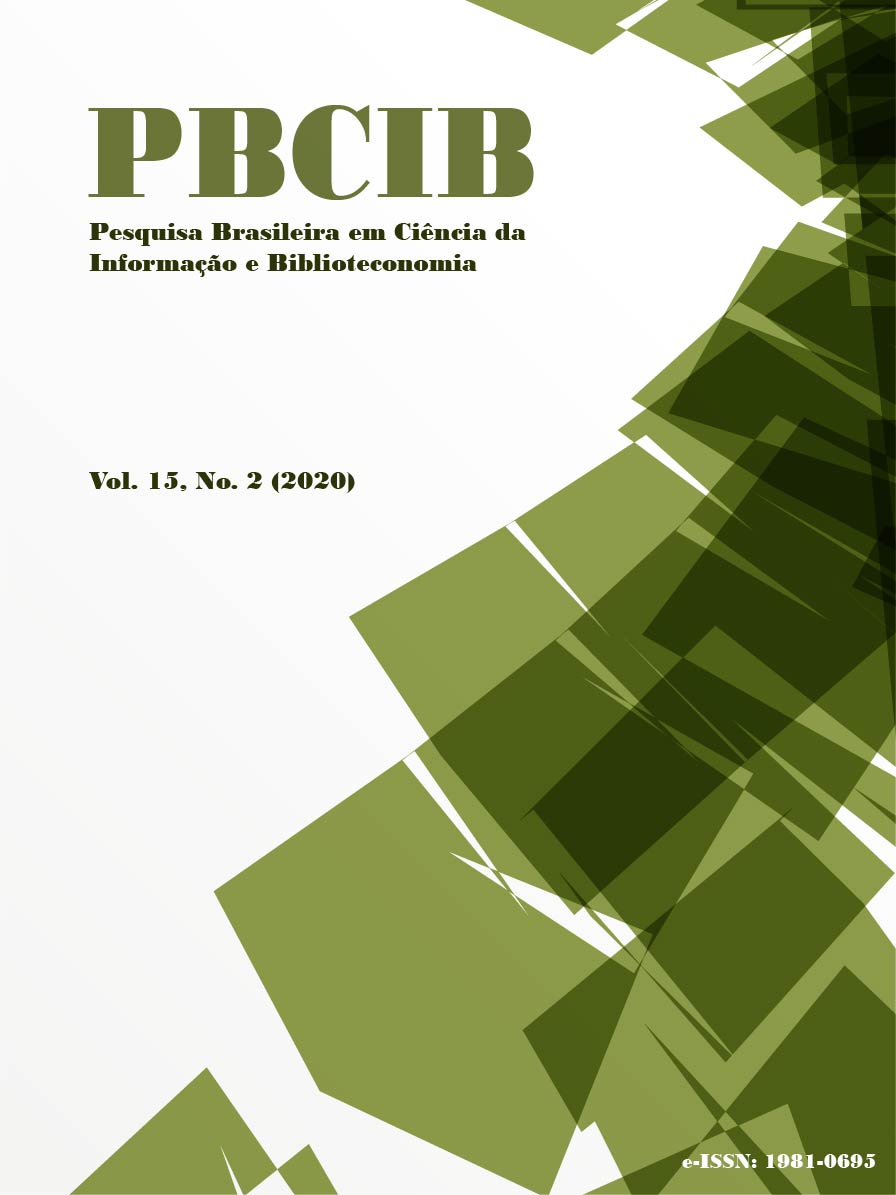Hackerspace movement: a study of the Brazilian experience
Visualizações: 39Resumo
Hackerspaces are part of a phenomenon emerging all over the world of building alternative spaces and infrastructure for research, experimenting and learning. They differ from other institutionally established spaces in their principles of autonomy: they are financed and managed by their own members and, as a result, they enjoy greater freedom in the definition of their themes and issues. In this article, we present the results of a research project carried out in 2017 about Brazilian hackerspaces. In the analysis, we resorted to the structure proposed by Smith and others (2017) in their study about grassroots innovation movements, organized into four complementary aspects as follows: context, framings, spaces and strategies, and pathways. Thus, we contemplate the history of the movement in Brazil; meanings and narratives shared by participants; spaces and strategies employed in their structure and organization; and, finally, case studies selected because they can be articulated with the local community issues. The survey identified 21 active hackerspaces in the country in 2017, distributed in the Midwest, Northeast, Southeast and South. Sixteen of them answered a questionnaire that revealed the diversity of their activities and proximity to the university community, among other characteristics. The case studies have shown that, besides contributing to the broader circulation of technological knowledge, hackerspaces are also spaces for the development of practices and technologies that seek to answer social and environmental issues, such as sustainability in the disposal of electronic waste and citizen monitoring of the environment.
Palavras-chave: Hackerspace. Grassroots innovation. Citizen science.
Link: https://seer.ufrgs.br/EmQuestao/article/view/89892














